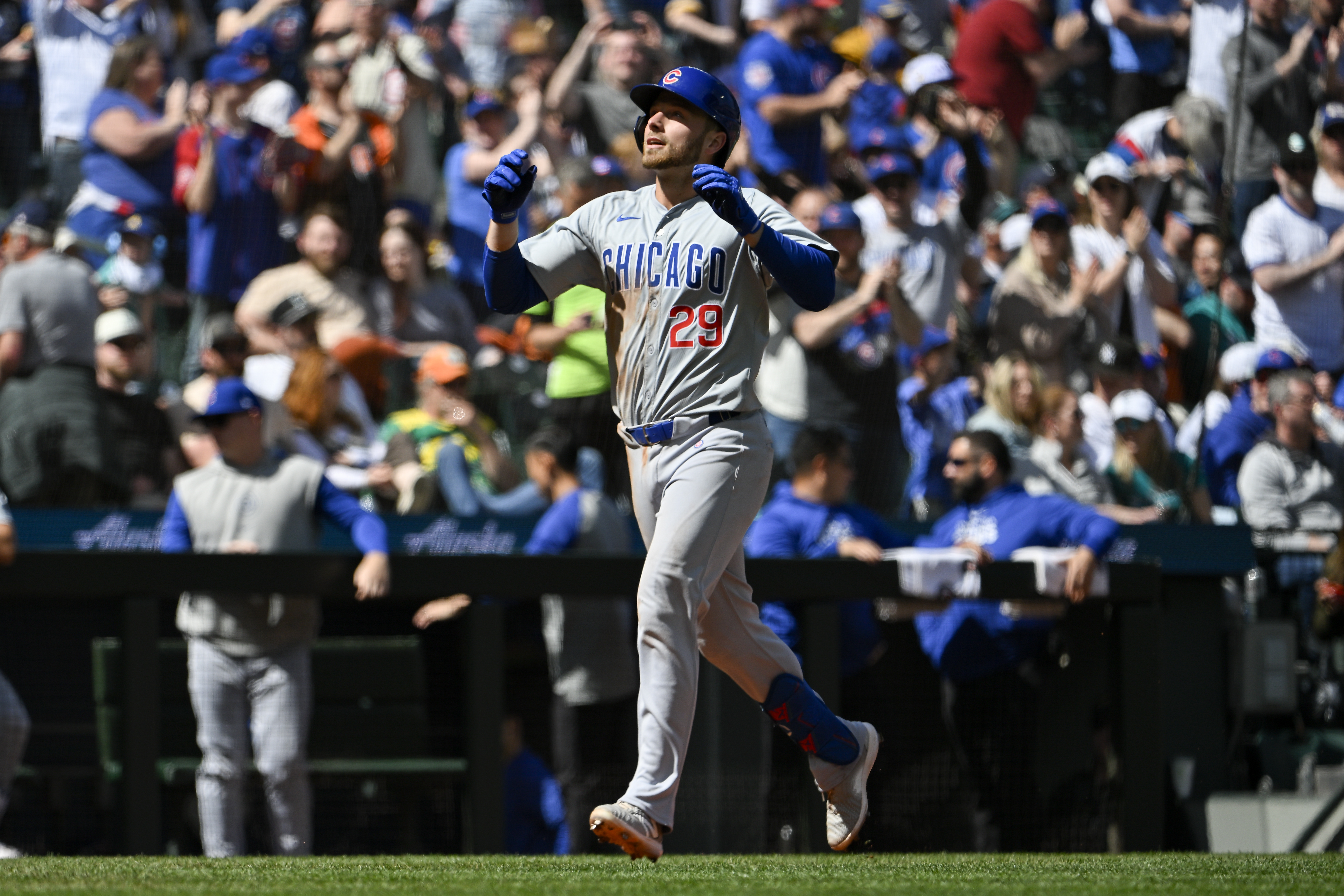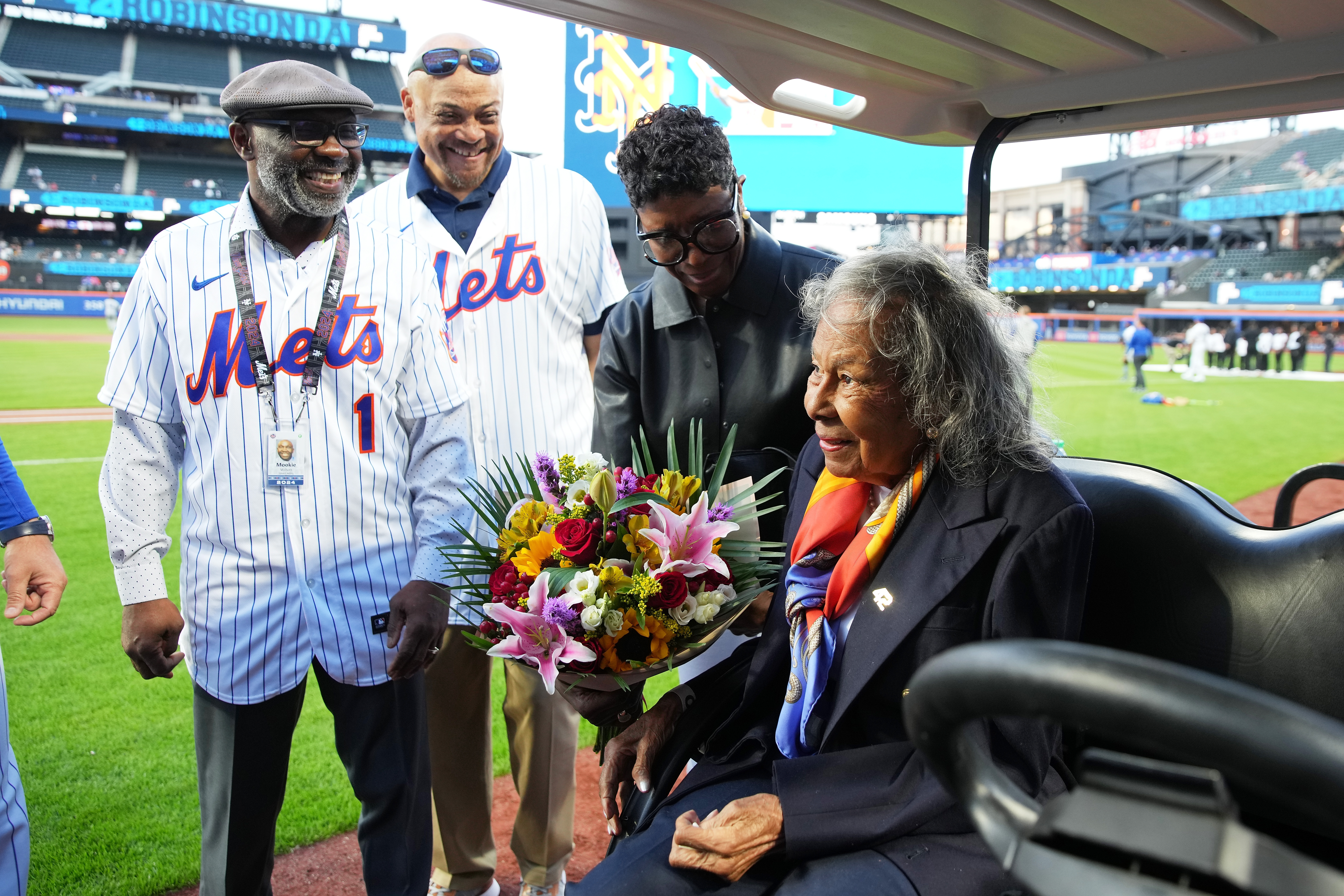The Cubs bullpen is going to look a whole lot different this season.
Gone are the reliable Steve Cishek (signed with White Sox) and Brandon Kintzler (reportedly signed with Marlins). Pedro Strop remains a free agent, though a recent report said the race to sign him is down to the Marlins and Rangers.
Assuming Strop doesn’t return, the Cubs will have lost three of their four most frequently used relievers from 2019. Replacing the trio will be no small task, considering a bulk of their appearances came in late-inning, high-leverage spots.
Cishek and Kintzler didn’t sign back-breaking deals (one-year, $6 million; reported one-year, $3.25 million), but the luxury tax has been a factor in the Cubs offseason. They aren’t in a position to commit big money to top-of-the-market arms and have instead been stockpiling low-cost relievers with upside.
“It’s become such an unbelievably important and difficult part of our job,” general manager Jed Hoyer said at Cubs Convention of assembling a bullpen. “It wasn’t that long ago that we’d go into a season and our goal would be ‘Hey, can we get a thousand innings out of our starting pitching staff?’ You think about your five starters, if you could get some combination of close to a thousand innings, that was always a goal, out of roughly 1,400 innings.
“And now, that’s gone away. You realize to get through a season, it's not a matter of going up on a whiteboard and writing up your eight relievers. It's a matter of [needing] 15, 20, 25 good relievers over the course of the summer to really get through it.
"You've got to take a lot of chances. There's no more volatile aspect of the game than the bullpen, and that's league wide. You’ve got to constantly take chances on guys and realize that sometimes, what appears to be a guy that’s struggling may just be simply a bad seven innings or bad 10 innings.”
MLB
Volatility was a main theme of the Cubs bullpen in 2019. Strop is one of the best relievers in team history, but early season hamstring injuries impacted his performance — a 4.97 ERA and 1.27 WHIP were the worst figures of his Cubs career. Strop finished the season strong (2.00 ERA in September), though he was largely a low-leverage option by season’s end.
Meanwhile, the additions of Kyle Ryan and Rowan Wick last offseason didn’t make waves among the fanbase. The former signed a major league deal after a solid 2018 season with Triple-A Iowa, and the Cubs acquired the latter in a low-key November trade. Both emerged as key contributors in 2019.
“Rowan Wick was a good example,” Hoyer said. “When we traded for him and we got him into the pitch lab and we improved his curveball, I think that had an enormous impact on his year last year. Brad Wieck, we traded for and immediately made some adjustments. Our pro scouting staff does a good job with that.”
Ryan and Wick are two of only three locks for the Opening Day bullpen, along with closer Craig Kimbrel. Wieck, acquired at the trade deadline for Carl Edwards Jr., is potentially another. That leaves five, maybe four spots up for grabs in what will be an open competition in spring training. Incumbent options include:
-Adbert Alzolay
-Tyler Chatwood
-Alec Mills
-Colin Rea
-Wieck
-Dillon Maples
-Duane Underwood Jr.
-James Norwood
-Brandon Morrow (reportedly re-signed on a minor-league deal)
Morrow and Chatwood are the most tenured options of the group, though the former has battled injuries throughout his career and hasn’t pitched since July 2018. If he’s healthy (and pitches well in spring training) Morrow will likely claim a bullpen job.
Chatwood is a candidate for the final rotation spot, along with Alzolay, Mills and (potentially) Rea. Mills and Underwood are out of minor-league options. New reliever candidates include:
-Dan Winkler — signed to one-year, split deal
-CD Pelham — claimed off waivers from Rangers
-Trevor Megill — Rule 5 pick (Padres)
-Ryan Tepera — signed to one-year, split deal
-Casey Sadler — acquired from Dodgers
-Travis Lakins — acquired from Red Sox
-Jeremy Jeffress — reportedly signed to a one-year, big-league deal
Winkler, 29, spent the previous five seasons bouncing between the major and minor leagues with the Braves. Last season, he posted a 4.98 ERA in 27 MLB appearances and a 2.93 ERA in the minors (30 appearances). He made 69 big-league appearances in 2018, sporting a 3.43 ERA in 60 1/3 innings while tallying 69 strikeouts.
Winkler isn’t a flamethrower — his four-seam fastball averaged 92.1 mph last season — but it ranked in MLB’s 93rd percentile, meaning he generates swings and misses. Sadler ranked in the 90th percentile and posted a 2.14 ERA and 1.17 WHIP in 33 games. The 29-year-old struck out 31 batters in 46 1/3 innings between the Dodgers and Rays, though he sported a whopping 12.3 K/9 in Triple-A (38 2/3 innings).
Pelham, 24, was recently outrighted off the 40-man roster and sent to Iowa. He didn’t pitch in the big leagues in 2019 and struggled with command in Triple-A (18.3 walk rate) but throws hard. Megill, 26, throws a mid-to-upper 90s fastball and sported a 12.7 K/9 in Triple-A last season.
Worth noting: Pelham (6-foot-6, 235 pounds) and Megill (6-foot-8, 235 pounds) are big dudes.
Tepera holds a career 3.64 ERA and 1.16 WHIP and made 73 and 68 appearances in 2017 and 2018, respectively. The 32-year-old missed a chunk of 2019 with a right elbow impingement, finishing with a 4.98 ERA in 23 games.
Lakins, 25, is a former sixth-round pick who posted a 3.86 ERA in 23 1/3 last season and holds a 4.45 ERA in parts of five minor-league seasons. His curveball ranked 66th in spin rate league-wide among pitchers who threw at least 50 last season.
Jeffress reportedly agreed to a one-year deal Tuesday worth close to $1 million. He’s coming off a rough 2019 with the Brewers in which he sported a 5.02 ERA, dealing with a shoulder injury out of the gate. The 32-year-old also hurt his hip in August and was released on Sept. 1.
Jeffress is a season removed from posting a 1.29 ERA and 15 saves in 73 appearances. He’s another example of the budget-driven moves the Cubs have made this winter, and while he struggled in 2019, his career 3.16 ERA makes him a prime bounce back candidate.
There’s a lot of positives in the group, and the Cubs will use their pitch lab to make any necessary adjustments. They also realize not every guy will be as successful as Ryan or Wick, and some options won’t pan out. Their goal is to unearth as many contributors as they can.
"That's the kind of shot we have to take, and that's the kind of shot every team has to take on capturing that lightning in a bottle,” Hoyer said. “Buying really high on relievers and signing them after they have a breakout year is really expensive and really difficult and doesn't have a great success rate. We try to find those guys that we can catch lightning in a bottle, and that's been a big part of our strategy."
Click here to download the new MyTeams App by NBC Sports! Receive comprehensive coverage of the Chicago


